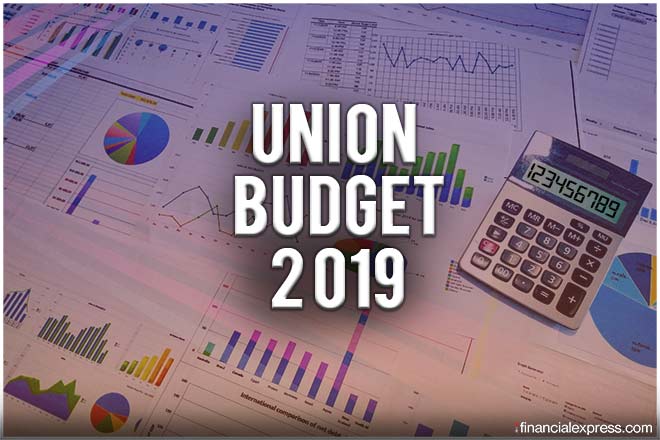By Abheek Barua
Budget 2019 India: India’s growth patterns over the last few years have seen a major shift with domestic consumption emerging as the principal driver, and investment as well as exports getting short shrift. While this is widely known, a couple of data points might drive this point home more convincingly. The average annual contribution or share of investment in the expansion of GDP from 2001 to 2011 period was 51 per cent. In the subsequent period it dropped to 28 per cent. The share of consumption (as a driver of GDP growth) went up from 48 to 58 per cent.
The paucity of investments was initially attributed to the so called “policy paralysis” under the UPA regime. However the failure of investments to revive substantially under the NDA regime that followed (and addressed issues such as long-pending environmental clearances) suggests that there was more to the problem than policy bottlenecks. Companies over-borrowed in the previous decade and were stuck either with idle capacity or simply lacked the capacity to implement projects. What followed was the NPA crisis on the one hand and extensive deleveraging by companies on the other. Investments, particularly private investments, suffered as a consequence.
This did not however mean that investment growth collapsed. The government in the broader sense including entities like the railways and NHAI did the heavy lifting. This was not necessarily funded directly by the budgets but from what is technically termed Internal and Extra-budgetary resources (IEBRs). NHAI bonds would be a good example of IEBR. Some attempts to draw the private sector in was successful – the Hybrid Annuity Model (HAM)in roads for instance saw considerable participation from private entities. Alternative investment Funds (private equity and the like) channelled private funds into areas like infrastructure and housing.
What can the budget and the finance ministry do to revive investments? First, it has to recognize the fact that the government will have to play the dominant role. It will have to plan expenditure in a way that the gaps in investment (even after IEBR is utilized) can be filled. Both NBFCs and partly frozen public sector banks need to be able to disburse loans once capacity utilization rises to a point where firms have the incentive to invest. This is happening in some sectors and has pulled up aggregate measures of capacity utilization such as the RBI’s OBICUS.
To be more specific recapitalization of public sector banks and a push to create a refinance facility for NBFCs seem imperative so that for the latter, liquidity problems do not morph into solvency problems. Again, a bid to draw in complementary private investments through models such as HAM that are aligned with the risk preferences of private investment sectors. The alternative Investment Fund Vehicle is emerging as a significant alternative source for funds. The limits of public financial institutions such as the insurers and the provident funds could be allowed to selectively invest in these vehicles.
Finally, steps need to be taken to expand the corporate bond market. Given pressures on domestic fund availability, we need to turn to global long term institutional funds like pension funds for succour. Steps need to be taken, particularly on freeing limits on debt inflows so that Indian bonds are a significant part of a global bond index.
(The author is Chief Economist and Executive Vice President at HDFC Bank)
